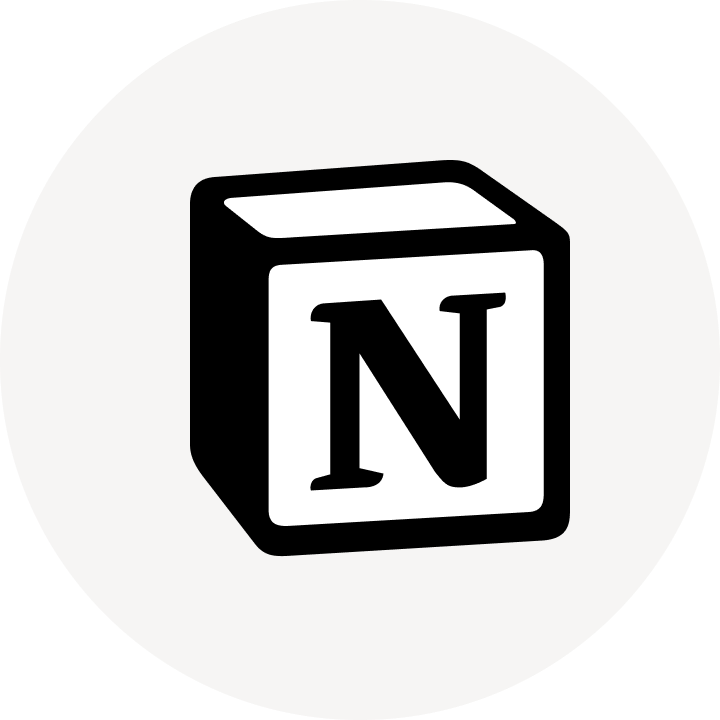Retrospectives allow product strategists to take a step back and evaluate past performance, identifying successful strategies and areas needing improvement. A well-structured Retrospective template in Notion can streamline this analysis, making it easier to organize insights and action items for future planning. Before diving into creating your Retrospective template, it's worthwhile to explore the examples provided below, which could simplify the process and enhance its effectiveness.
What Should Retrospective Templates Include?
Choosing the right Retrospective template can significantly enhance the effectiveness of your review sessions. Here are key components to look for in a high-quality template:
Clear Objectives: Ensure the template outlines specific goals. This helps participants understand the purpose of the retrospective and focus their feedback accordingly.
Structured Activities: Look for templates that include well-defined activities to guide the discussion and encourage participation from all team members.
Actionable Items Section: A good template should have a dedicated area for defining actionable steps post-retrospective, ensuring the session leads to tangible improvements.
Feedback Mechanisms: Choose templates that incorporate methods for collecting and discussing feedback, which is crucial for continuous team development.
Ultimately, the best template is one that aligns with your team's specific needs and promotes a culture of continuous improvement and open communication.
What Should Retrospective Templates Avoid?
Choosing the right retrospective template is crucial for effective team feedback sessions. However, certain elements can hinder rather than help this process. Here are three key components to steer clear of:
Overly Complex Structures: Templates with complicated frameworks can confuse participants and detract from the main focus of identifying actionable insights.
Fixed, Non-Customizable Fields: Avoid templates that don't allow modifications. Teams evolve and so should their tools to ensure they remain relevant and effective.
Excessive Mandatory Sections: Templates that require too many mandatory fields can lead to fatigue and disengagement, making the retrospective feel more like a chore than a constructive session.
Remember, the goal is to foster open communication and continuous improvement. A good template should facilitate this process, not complicate it.













